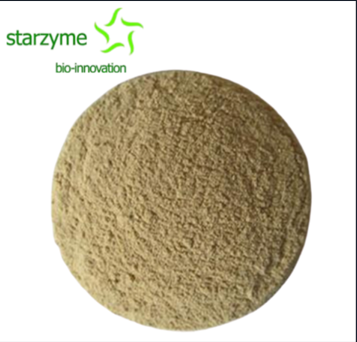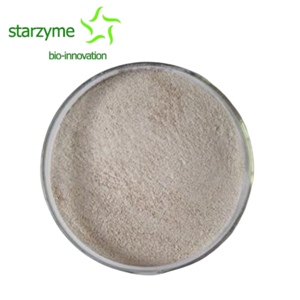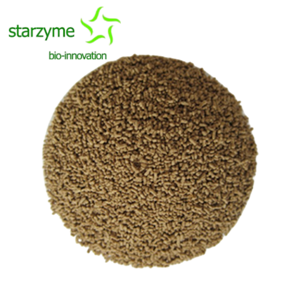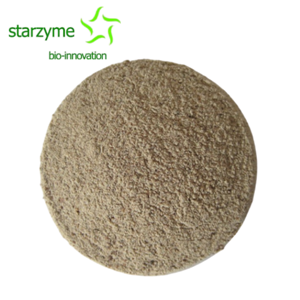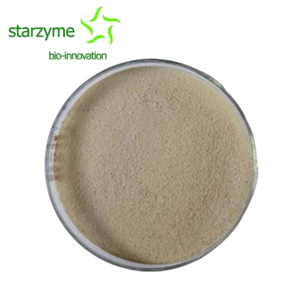What is Lactobacillus acidophilus?
Lactobacillus acidophilus belongs to the genus Lactobacillus and is a Gram positive bacterium. The end of its rod is circular and mainly exists in the small intestine. It releases lactic acid, acetic acid, and some antibiotics that work against harmful bacteria. Although its antibacterial effect is relatively weak, it is still a very useful probiotic that aids the gut when added to animal feed and other applications such as yogurt for human consumption. Below are the culture properties and the many characteristics of Lactobacillus acidophilus.
Culture Properties
Cultivate on anaerobic agar plates at 35 degrees celcius for 48 hours to form small (about 0.5 mm in diameter), net shaped, raised, rough surface, and curled edges colonies.
2. Adjust the balance of gut microbiota and inhibit the proliferation of harmful microorganisms in the intestine. Lactobacillus acidophilus has an antagonistic effect on pathogenic microorganisms. It can secrete antibiotics such as acidolin, acidophilus, and lactobacilli, while being extremely effective in having an antagonistic effect on intestinal pathogenic bacteria.
3. A fermentation agent composed of a mixture of Lactobacillus acidophilus (A) and Bifidobacterium (B). Consuming dairy products containing these two types of live bacteria is beneficial for the digestive organs, especially for infants and young children with gastrointestinal dysfunction and patients with gastrointestinal dysfunction caused by long-term oral antibiotics. After consuming fermented milk containing these two types of live bacteria, the gut microbiota can quickly return to normal balance, inhibit the proliferation of spoilage bacteria, and therefore have good nutritional and health benefits
Characteristics
1. Lactobacillus acidophilus - regulates gastric and intestinal microbiota
When it comes to bifidobacteria, many people know that they are the main probiotics in the large intestine; Lactobacillus acidophilus is not only present in the stomach, but also the main probiotic in the human small intestine. These two are numerous and mutually supportive, playing a role in promoting human health by maintaining the micro ecological balance of the entire gastrointestinal tract.
2. Lactobacillus acidophilus regulates the microenvironment from top to bottom throughout the entire gastrointestinal tract of the human body. 'Down' refers to the fact that in the large intestine, they can also release beneficial substances for the growth of probiotics such as bifidobacteria, increasing the number of probiotics in the large intestine and enhancing their
vitality.

